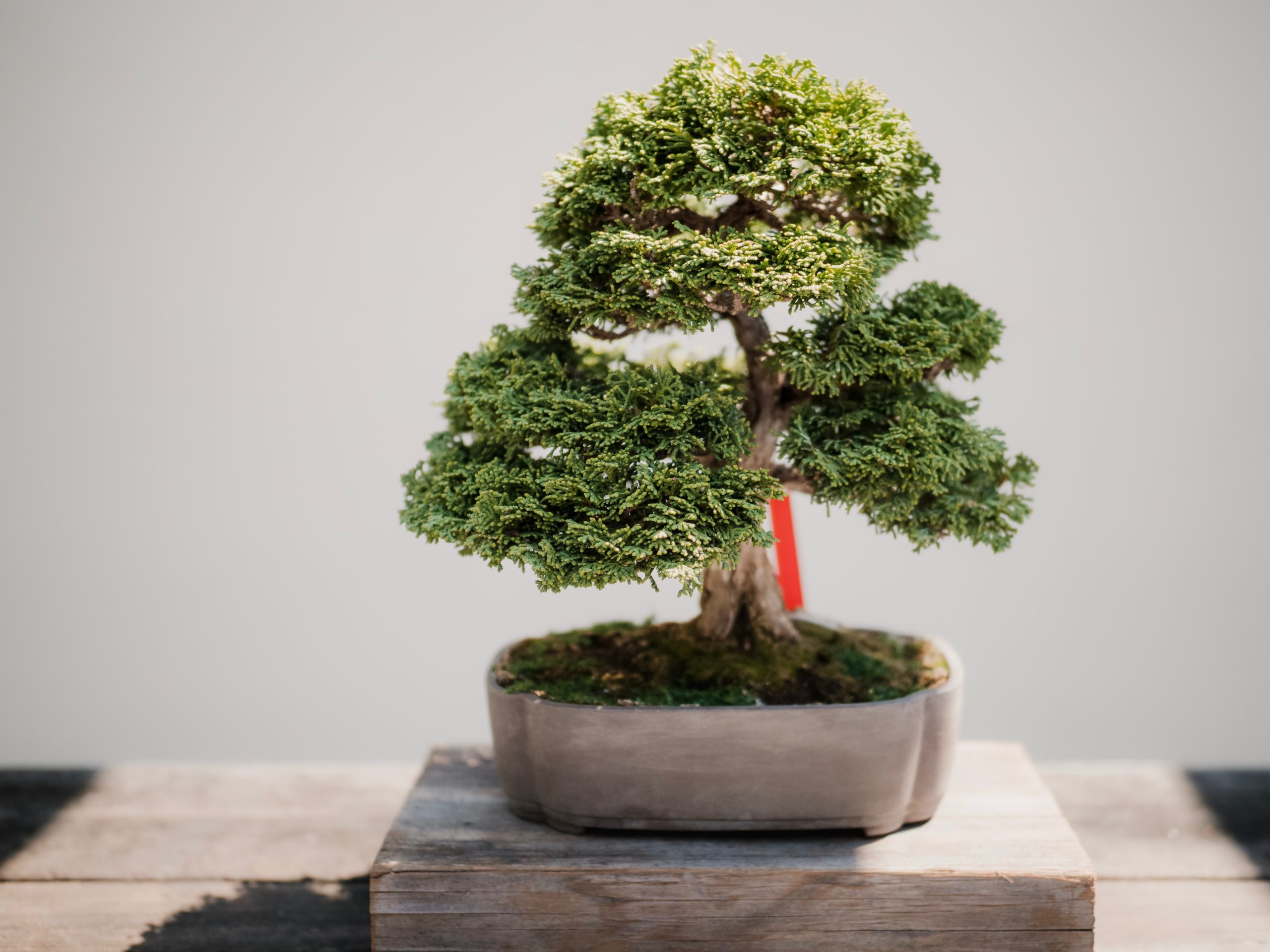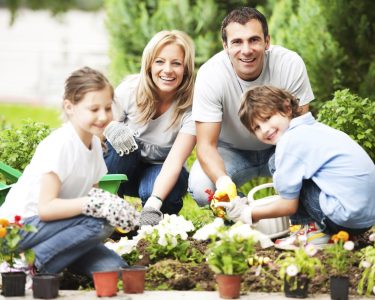Subtitle 1: Understanding the Importance of Pollinators
Pollinators, including bees, butterflies, birds, and other insects, play a critical role in our ecosystem. They facilitate the reproduction of plants by transferring pollen from the male reproductive organs to the female reproductive organs. This process leads to the production of seeds and fruits, contributing to biodiversity and food production. However, pollinators face numerous challenges, including habitat loss, pesticide use, and climate change, which threaten their populations. By selecting the right plants, we can create a supportive environment for these essential creatures.
Subtitle 2: Why Selecting the Right Plants Matters
Choosing the right plants for pollinators is crucial for their survival and well-being. Pollinators rely on specific flower shapes, colors, and nectar sources to fulfill their nutritional needs. Planting suitable flowers provides them with a reliable food source and helps sustain their populations. Additionally, a garden abundant in pollinator-friendly plants enhances biodiversity, promotes ecological balance, and contributes to a healthier environment.
Subtitle 3: Factors to Consider When Choosing Pollinator-Friendly Plants
When selecting plants for pollinators, there are several factors to consider. First, opt for plants that provide abundant nectar and pollen. Different pollinators have varying preferences, so choose a variety of flowers to cater to their needs. Second, select plants that bloom at different times throughout the year. This ensures a consistent food supply for pollinators across different seasons. Lastly, prioritize plants that are free of harmful pesticides, as these chemicals can be toxic to pollinators.
Subtitle 4: Native Plants: A Haven for Pollinators
Native plants are particularly valuable for supporting pollinators. These plants have co-evolved with local pollinators over time and provide the most suitable habitat and food sources for them. Native plants are adapted to the local climate, soil conditions, and pollinator preferences, making them an ideal choice. Incorporating a variety of native plants into your garden creates a thriving ecosystem that benefits both pollinators and other wildlife.
Subtitle 5: Top Plant Choices for Different Pollinators
Different pollinators have distinct preferences when it comes to plants. Here are some popular plant choices for various pollinators:
- Bees: Bees are attracted to vibrant flowers with nectar and pollen. Plants such as lavender, sunflowers, coneflowers, and borage are excellent choices.
- Butterflies: Butterflies are attracted to flowers with bright colors and a flat or tubular shape. Consider planting milkweed, lantana, butterfly bush, and zinnias to attract butterflies.
- Hummingbirds: These tiny birds are drawn to brightly colored, tubular flowers with ample nectar. Plant species like salvia, fuchsia, columbine, and trumpet vine to attract hummingbirds.
Subtitle 6: Creating a Pollinator-Friendly Garden
To create a pollinator-friendly garden, follow these steps:
- Research: Learn about the pollinators in your region and their preferences. This will help you choose the right plants and design your garden accordingly.
- Plant diversity: Aim for a variety of plants that bloom at different times to




